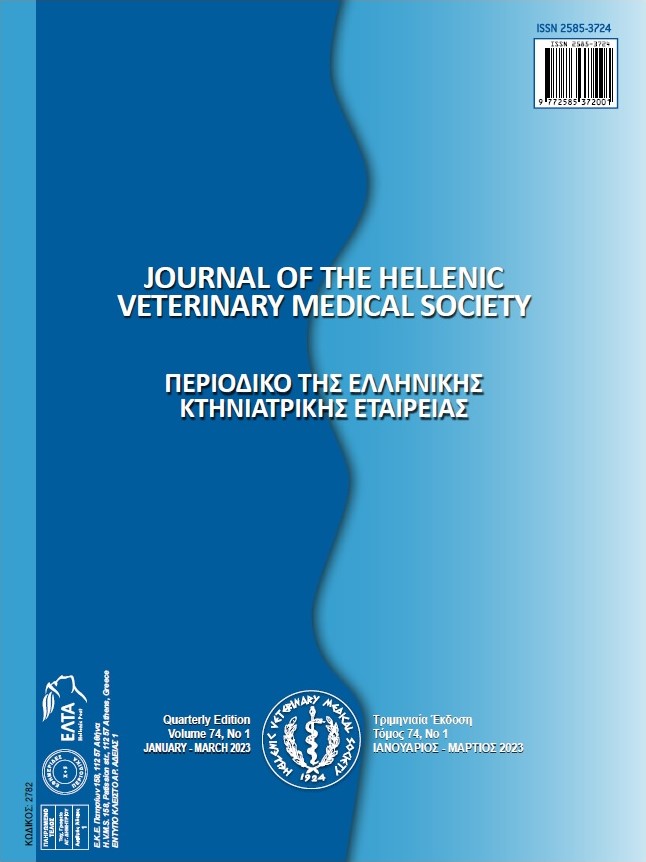Fosfomycin Resistant Enterobacterales IsolatedFrom Chicken Meat in Turkey

Abstract
This study was conducted to obtain the relative prevalence of fosfomycin resistant (FOSr) Enterobacterales in raw chicken meat samples in Turkey. Samples (n=85) were enriched in non-selective media and transferred to MacConkey agar plates containing FOS and glucose-6-phosphate. As a result, FOSr Enterobacterales isolates were detected by a selective method in 27% of raw chicken meat samples (n=23) and identified as Escherichia coli (21/26), Klebsiella oxytoca (2/26), Escherichia vulneris (1/26), Raoultella terrigena (1/26) and Kluyvera intermedia (1/26). PFGE analysis showed 16 different band patterns in Escherichia spp. isolates (n=22) based on the 85% similarity. The minimum inhibitory concentration for FOS against all isolates was determined to be ≥64 mg/L. In addition, the highest rate of resistance was determined for nalidixic acid (72.7%), ampicillin (68.2%), tetracycline (59.1%), trimethoprim-sulfamethoxazole (54.5%), and chloramphenicol (59.1%) among all Escherichia isolates. PCR screening and sequencing identified the presence of fosA4 and fosA3 genes in ten (47.6%) and seven (33.3%) E. coli isolates, respectively. The fosA3 gene has also appeared in K. intermedia, and R. terrigena isolates. Only two E. coli isolates were positive for the blaCTX-M-55 gene, whereas the aac(6')-Ib-cr gene was identified in eight E. coli and one K. intermedia isolates. In addition, 19 different replicon types were determined by PCR-based plasmid replicon typing with IncFII (n=20) being the most common and followed by IncI1α (n=10), IncFIIS (n=8), and IncFIB (n=8). We report, to our knowledge, the first evidence on the presence of FOSr Enterobacterales isolates in raw chicken meat samples in Turkey that might be an important reservoir for FOSr organisms to humans.
Article Details
- How to Cite
-
Al, S., Dişli, H., & Kurekci, C. (2023). Fosfomycin Resistant Enterobacterales IsolatedFrom Chicken Meat in Turkey. Journal of the Hellenic Veterinary Medical Society, 74(1), 5185–5192. https://doi.org/10.12681/jhvms.28245 (Original work published April 11, 2023)
- Issue
- Vol. 74 No. 1 (2023)
- Section
- Research Articles

This work is licensed under a Creative Commons Attribution-NonCommercial 4.0 International License.
Authors who publish with this journal agree to the following terms:
· Authors retain copyright and grant the journal right of first publication with the work simultaneously licensed under a Creative Commons Attribution Non-Commercial License that allows others to share the work with an acknowledgement of the work's authorship and initial publication in this journal.
· Authors are able to enter into separate, additional contractual arrangements for the non-exclusive distribution of the journal's published version of the work (e.g. post it to an institutional repository or publish it in a book), with an acknowledgement of its initial publication in this journal.
· Authors are permitted and encouraged to post their work online (preferably in institutional repositories or on their website) prior to and during the submission process, as it can lead to productive exchanges, as well as earlier and greater citation of published work.



